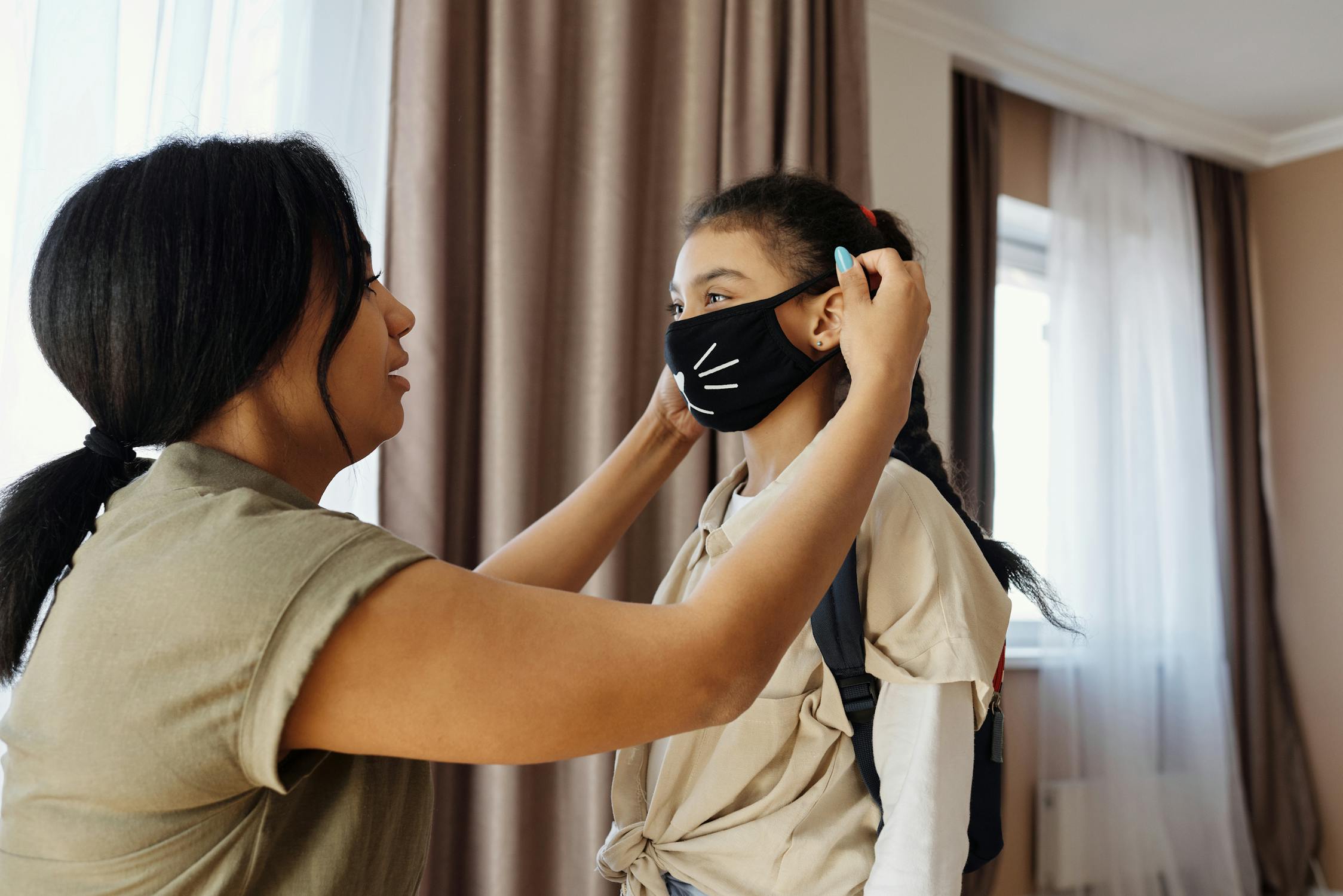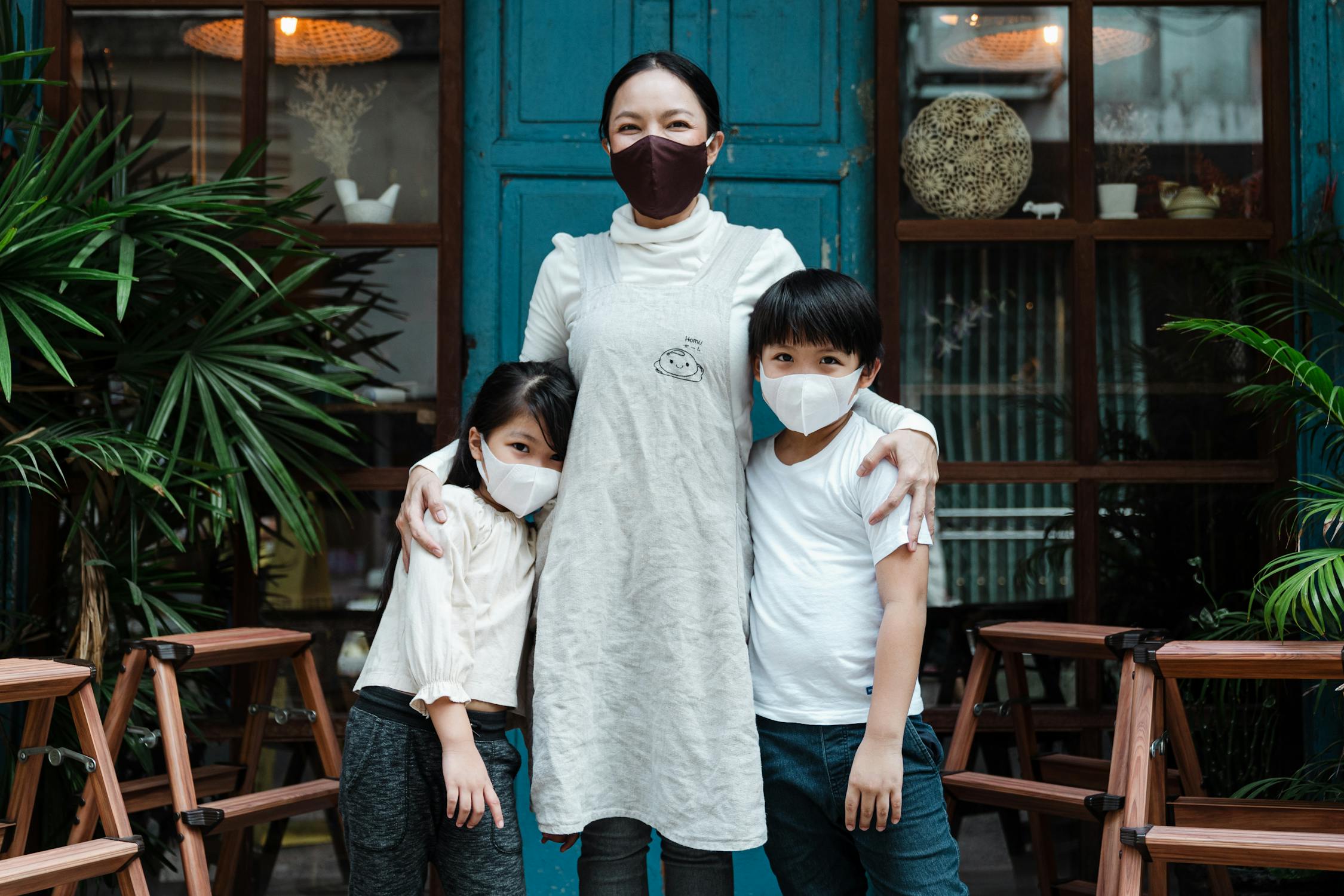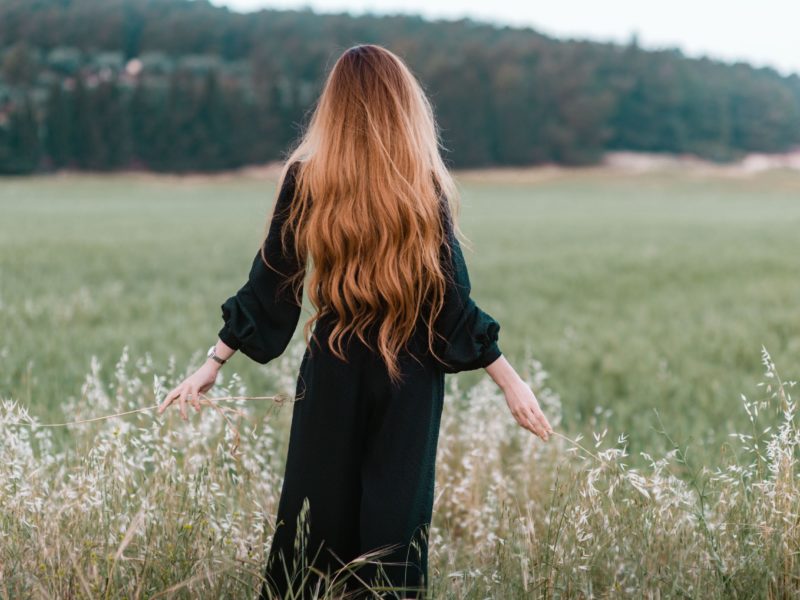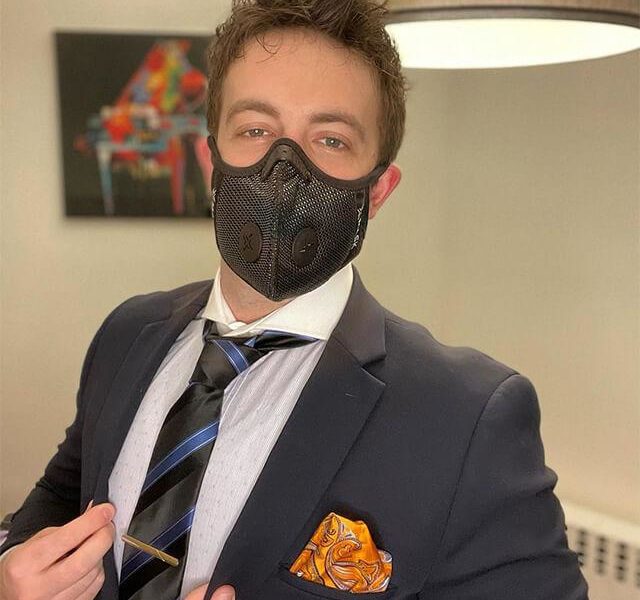
Masks 101: Types, Materials, And More
Ever since the Coronavirus pandemic hit us, face coverings have become essential and a part of our daily lives. If you are still new to the subject, here’s everything you need to know about choosing the right face covering for yourself and your loved ones!
The Famous Five

A face covering comes in various forms, and they’re not all the same. Essentially, they come in five different varieties, and each of them has its own set of characteristics.
1. N95 Standard Disposable Respirator
This particular respirator has a filter all over it. It seals your face tightly, covering both your mouth and nose, guaranteeing 95% filtration of the air you breathe, including bacteria and viruses.
2. Medical Mask
As the name suggests, a medical mask is perfect for people who work in the healthcare department and require protection from people coughing or sneezing, expelling contaminated air and fluid droplets.
3. Daily Reusable Face Covering
This cloth face mask is enough for the general public that is not heavily exposed to viruses or bacteria. It doesn’t necessarily seal the face but provides adequate protection against larger droplets of fluid, given that you’re following the social distancing guidelines.
4. Single-Use Disposable Face Mask
Considering that you have minimal exposure to other people, a single-use disposable face mask is enough for your protection while running errands or going outside. However, you must dispose of the cover afterwards.
5. N95 Surgical Disposable Respirator
Just like the N95 standard disposable respirator, this one is also heavy-duty. It is ideal for healthcare workers working in the surgery department and provides effective fluid resistance.
Level Of Protection

Apart from the appearance, every face-covering differs in terms of the protection it provides. Briefly stated, a regular face mask does not offer the same protection as an N95. The former is less heavy-duty and does not seal the mouth and nose as the latter does. N95 respirators are tested, certified, and are capable of filtering both small and large particles.
Best Face Mask Materials

Since face masks are best for the general public’s everyday use, you must get the right fabric. Indeed, various types of materials are available right now, including cotton, polyester, and other synthetic materials. According to researchers, the right choice would be 100% tight-weave cotton since its natural fibers are more three-dimensional than synthetic ones. So, even though a single layer of tight-weave cotton can provide better protection than synthetic fabric, doubling the material is even more effective.
Things To Look For When Getting A Reusable Face Covering

When choosing a face covering for yourself or your children, here are a few things to keep in mind:
- Make sure it fits and does not have any gaps around the chin or the nose area.
- The mask should not have any vents or valves.
- It should be big enough to cover your mouth and nose completely.
- The fabric should be doubled or have multiple layers.
- It should also be washable so you can clean it after a certain number of uses.
- The fabric should also be breathable.
- Lastly, the material should be comfortable to wear for long periods and should not cause rashes or facial injury.
Who Should Wear A Face Covering?

A face covering is essential for everyone, including adults and children over two years of age. However, some people are exempted from this list, and they are:
- Unconscious or incapacitated people who cannot remove the face mask without external help
- Children under two years of age
- People who have trouble breathing through a mask



